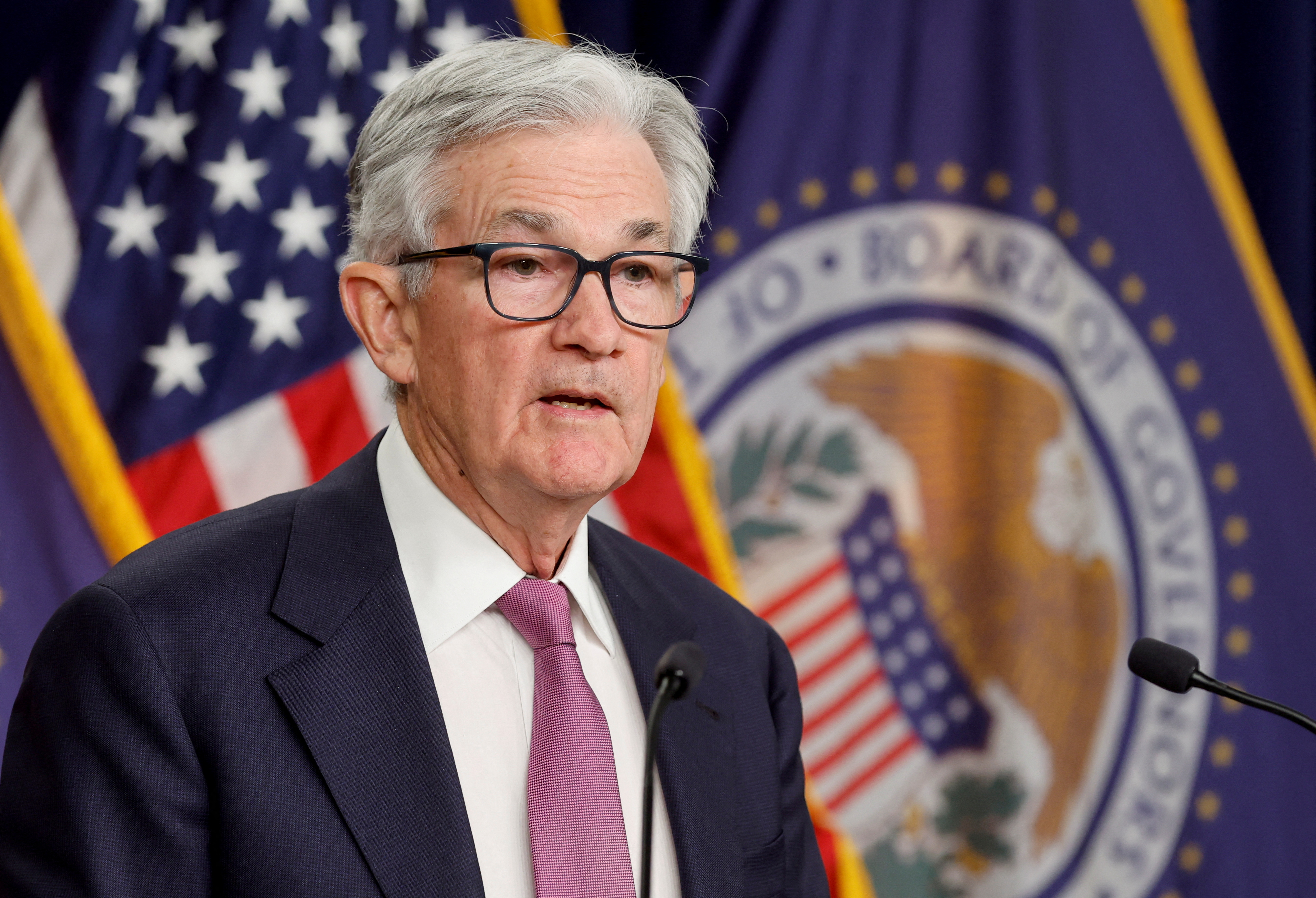The fate of an early-year rally in stocks may rest on whether equities can survive a recent surge in U.S. Treasury yields, as investors increasingly accept the Federal Reserve’s higher-for-longer mantra on interest rates.

Yields, which move inversely to prices, fell to start the year, after peaking at the highest level in over a decade late last year. They have increased further in recent days, however, following a staunch U.S. employment report that caused investors to adjust expectations for how high the Fed will need to hike interest rates to keep inflation subdued.
Comments from Fed Chairman Jerome Powell on Tuesday did little to deter markets from the notion that the central bank will hike rates further than investors had previously estimated and keep them raised for longer, as he said rates may need to move higher than predicted if economic strength threatens the Fed’s progress in slowing inflation.
On Tuesday, surging yields did not seem to diminish the appetite for stocks. The S&P 500 (.SPX) gained 1.3% along with a 6 basis points surge in the 10-year U.S. benchmark Treasury yield.
Some investors are concerned, however, that a frequent repricing of rate expectations could hurt equities in coming weeks, after a rally that has seen the S&P 500 rise 8.5% year-to-date and the Nasdaq Composite (.IXIC) surge 15.7%. In 2022, both recorded their largest annual percentage falls since 2008.
Falling yields have “definitely been a key support for the market and if we lose that, that will be a trigger for volatility,” said Angelo Kourkafas, investment strategist at Edward Jones. “We don’t think that rally is built on sand … but maybe the speed could prove a little premature if we do see an uptick in yields and interest rates.”
The yield on the benchmark 10-year Treasury note has gone up almost 30 basis points to 3.69% since last Wednesday. The yield on the two-year U.S. note increased nearly 40 basis points to 4.47% since last Thursday.

Higher bond yields diminish the relative appeal of stocks while increasing companies’ borrowing costs. Higher Treasury yields can also compress the valuations of equities in standard valuation models, especially for tech and other firms that depend on future profits that are discounted at higher rates when yields surge.
This equity risk premium, or additional return investors expect to acquire for holding stocks over risk-free government bonds, has become less favorable over the past week, according to data on Tuesday before Powell’s comments from Keith Lerner, co-chief investment officer at Truist Advisory Services.
The current premium coincides with a 12-month excess return of 3.5% for the S&P 500 over the 10-year Treasury note, but the premium has dropped closer to a level that would mean a more reduced return, according to Lerner.
Futures markets on Tuesday were estimating a peak Fed funds rate of 5.12% in June or July, dropping to about 4.8% by December. Before last Friday’s employment report, they had predicted the Fed funds rate to hit 4.88% in June.
US Treasury Yields Data In Focus
Following Powell’s comments, investors are directing focus to economic data, with two consumer price index reports — including one expected next Tuesday — and another jobs report due before the next Fed meeting.
Buy Crypto Now“The market is in a bit of a more comfortable place after Chairman Powell’s comments to be able to digest the gains that have already been seen this year and then wait for more data to come in,” said Yung-Yu Ma, chief investment strategist at BMO Wealth Management.
In the meantime, some investors are not yet troubled by the threat to stocks from yields.
Brian Jacobsen, a senior investment strategist at Allspring Global Investments, said yields are not expected to weigh on equity markets unless the 10-year yield surges back above 4%, a level it has not breached since November.
Jacobsen is sanguine on growth stocks, which were squashed by higher yields in 2022 but have staged a strong rally this year.
“Most of the profit recession is behind us and investors can start positioning for a profits recovery,” Jacobsen said.








